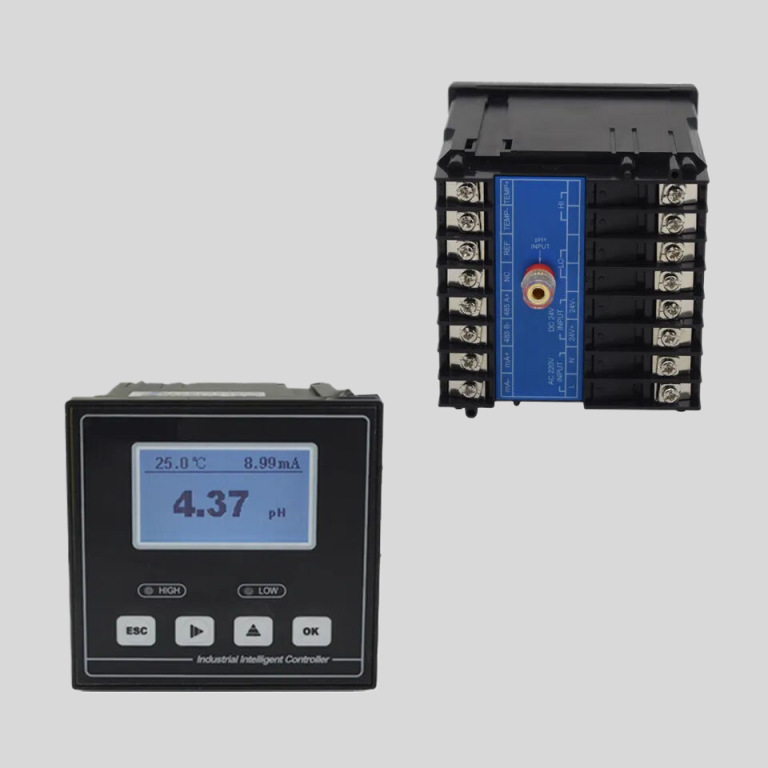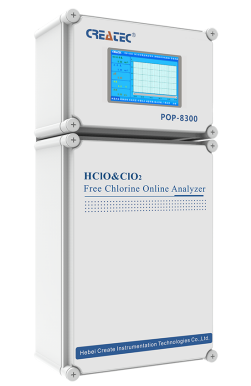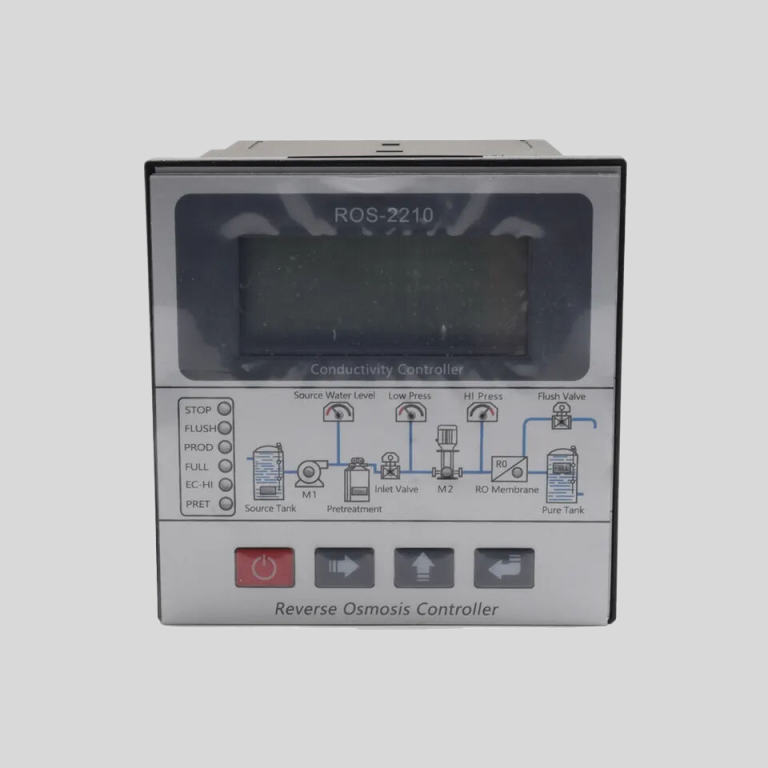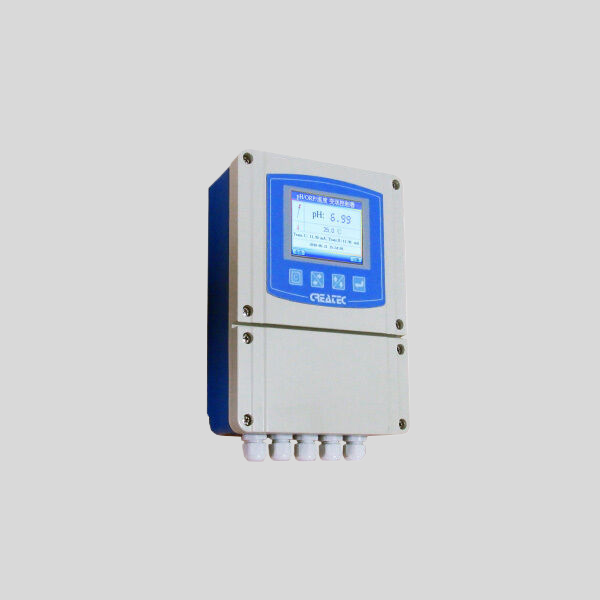Understanding the Importance of Flow Transmitters in Rosemount Devices
Flow transmitters are a critical component in many industrial processes, including those used in Rosemount devices. These devices are designed to accurately measure the flow rate of liquids or gases in a variety of applications, from water treatment plants to oil refineries. Understanding the importance of flow transmitters in Rosemount devices is essential for ensuring the efficiency and reliability of these systems.
One of the key functions of a flow transmitter is to provide real-time data on the flow rate of a substance through a pipeline or system. This information is crucial for monitoring and controlling the flow of materials in industrial processes, as even small variations in flow rate can have a significant impact on the overall efficiency and performance of a system. By accurately measuring and transmitting this data, flow transmitters help operators make informed decisions about how to optimize their processes for maximum efficiency.
In Rosemount devices, flow transmitters are often used in conjunction with other sensors and instruments to provide a comprehensive view of the system’s performance. For example, a flow transmitter may be paired with a pressure sensor to monitor the pressure drop across a pipeline, or with a temperature sensor to account for changes in temperature that can affect the viscosity of a liquid. By integrating these different types of data, operators can gain a more complete understanding of how their systems are functioning and make adjustments as needed to improve performance.
Another important function of flow transmitters in Rosemount devices is to provide diagnostic information about the health and condition of the system. By monitoring factors such as flow rate, pressure, and temperature, flow transmitters can help operators identify potential issues before they escalate into more serious problems. For example, a sudden drop in flow rate could indicate a blockage or leak in the system, while a spike in pressure could signal a malfunctioning pump or valve. By alerting operators to these issues early on, flow transmitters can help prevent costly downtime and repairs.
In addition to monitoring and diagnostic functions, flow transmitters in Rosemount devices also play a crucial role in ensuring the safety of industrial processes. By accurately measuring the flow rate of hazardous materials, such as flammable gases or corrosive chemicals, flow transmitters help operators maintain safe operating conditions and prevent accidents. In the event of a sudden increase in flow rate or pressure, for example, flow transmitters can trigger alarms or shut off valves to prevent a potentially dangerous situation from escalating.

| Model | CM-230S Ecomonical conductivity monitor |
| Range | 0-200/2000/4000/10000uS/cm |
| 0-100/1000/2000/5000PPM | |
| Accuracy | 1.5%(FS) |
| Temp. Comp. | Automatic temperature compensation based on 25\u2103 |
| Oper. Temp. | Normal 0\uff5e50\u2103; High temp 0\uff5e120\u2103 |
| Sensor | Standard:ABS C=1.0cm-1 (others are optional) |
| Display | LCD Screen |
| Zero Correction | Manual correction for low range 0.05-10ppm Set from ECO |
| Unit Display | uS/cm or PPM |
| Power | AC 220V\u00b110% 50/60Hz or AC 110V\u00b110% 50/60Hz or DC24V/0.5A |
| Working Environment | Ambient temperature:0\uff5e50\u2103 |
| Relative humidity\u226485% | |
| Dimensions | 48\u00d796\u00d7100mm(H\u00d7W\u00d7L) |
| Hole Size | 45\u00d792mm(H\u00d7W) |
| Installation Mode | Embedded |
Overall, flow transmitters are an essential component of Rosemount devices, providing critical data on flow rates, monitoring system performance, and ensuring the safety of industrial processes. By understanding the importance of flow transmitters in these systems, operators can make informed decisions about how to optimize their processes for maximum efficiency and reliability. Whether used in water treatment plants, oil refineries, or other industrial applications, flow transmitters are a key tool for maintaining the smooth operation of complex systems.






